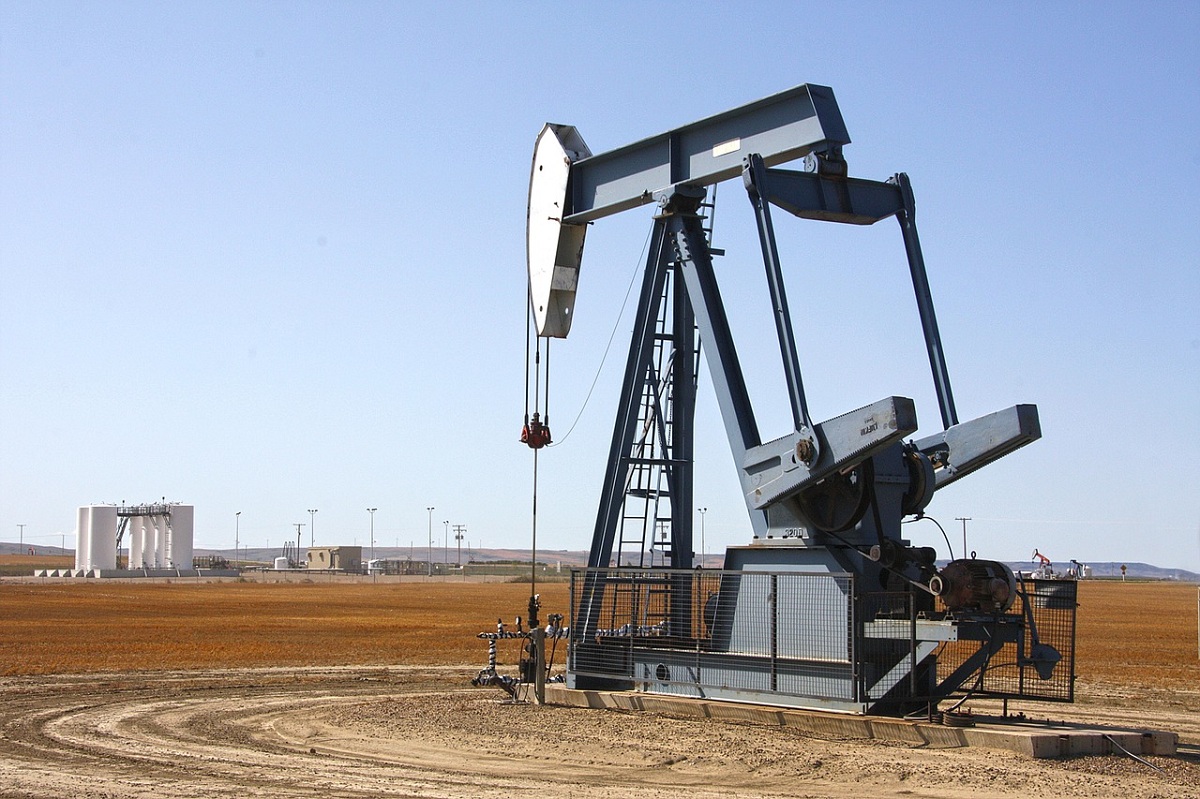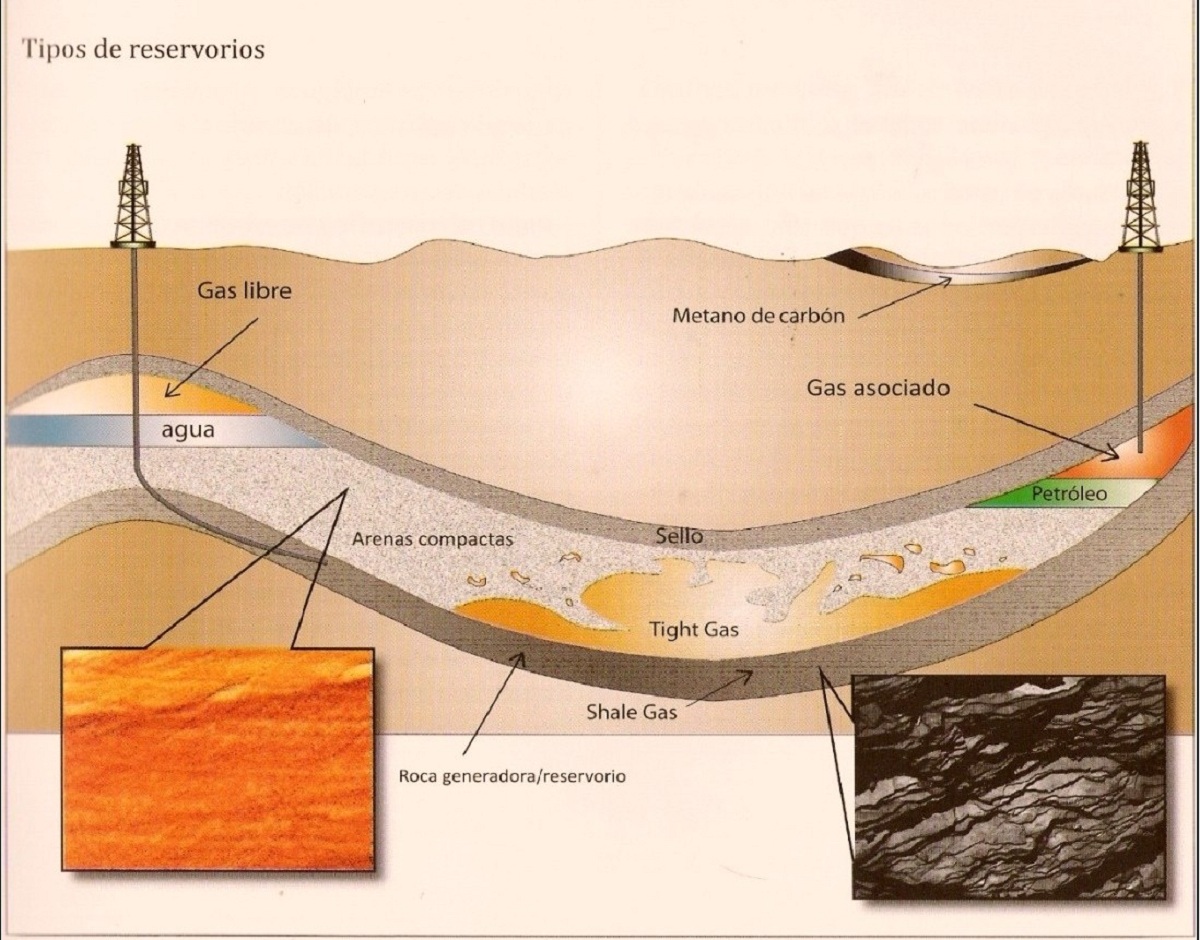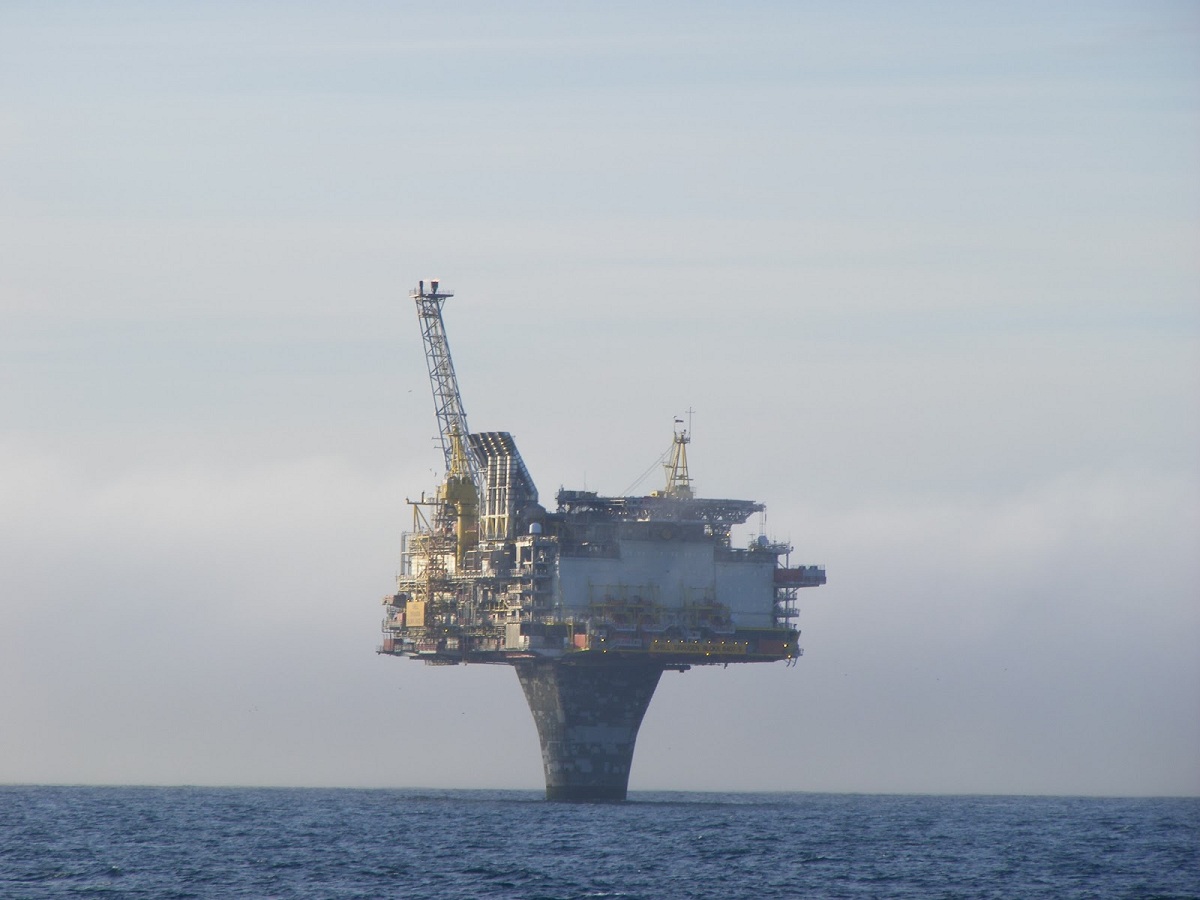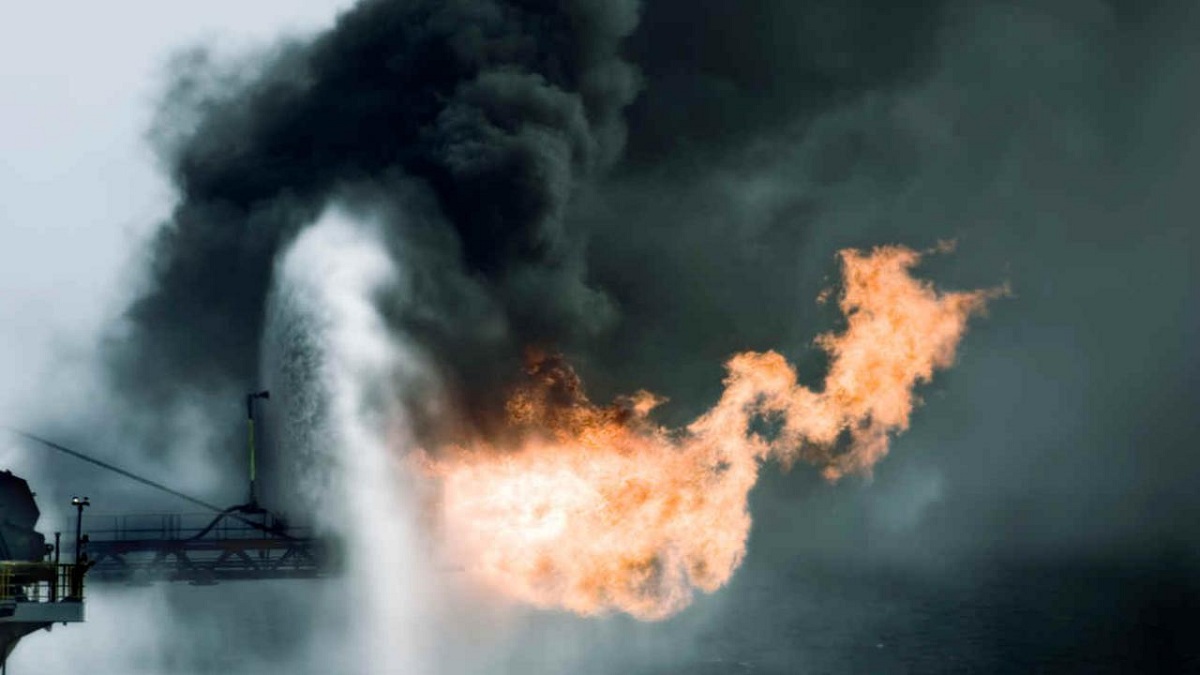
Oil is the natural resource that has moved the world since its discovery. It has been doing it since 1800, in the middle of the industrial revolution. As long as there are technologies that require its existence, it will continue to be in use for a long time. There are alternative technologies such as renewable energies, but they still cannot compete with oil. There are many people who do not know how the oil is extracted and what are the consequences of it. It is one of the most polluting fossil fuels in all of history. They are not only used for the combustion of the engine is the transport vehicle, but for the manufacture of various materials. The world is thought to consume 88 million barrels of oil daily, which is equivalent to a quantity of 14 billion liters.
In this article we are going to tell you how oil is extracted, what are its characteristics and what are the consequences of this.
How the oil is extracted
Oil is a flammable liquid mixture of hydrocarbons and other organic compounds, which only exists in geological formations a few million years below the surface. It is the result of fossils of organic materials such as zooplankton and algae., which were deposited on the bottom of oceans or lakes millions of years ago and were preserved as fossils. Due to heat and pressure, they have undergone physical and chemical processes for millions of years. In some places where the rock is porous, it rises to the surface, but is usually trapped underground in the oil field.
Oil has been used since ancient times, but the first distillation was to make kerosene. It was made by the Scotsman James Young in 1840. Mainly it began to be used as a combustion fuel. From this, industrial distillers began to appear. It was Edwin Drake who drilled the first oil well in Pennsylvania in 1859.
There are many ways to discover oil fields, mainly by studying the geology of the area. Geologists are experts who study the internal structure of the earth and can judge whether a certain area is suitable for oil formation by looking at the earth's surface. Therefore, knowing what type of rock formation is more feasible to search for oil, various tests are carried out, which may include underground explosions, and then the seismic waves generated by the explosions are studied, which will allow us to know what it is exactly.
In this way, an oil well is formed. The well is made by drilling a long hole in the geological formation in the oil field. In the well drilled by a special machine, a steel pipe is laid that provides structural integrity to the well. On the surface of the machinery are placed a series of valves, which are often called Christmas trees and are responsible for regulating the pressure and controlling the flow of oil.
Characteristics of the extraction area
There is sufficient pressure in the extraction zone. Once the holes are drilled, the oil will rise on its own. However, as long as there is pressure this continues to happen and, as the reserves are empty, the pressure begins to decrease. Therefore, the second phase begins, which it forces the oil out and injects more pressure into the reservoir. This is accomplished by injecting water, air, carbon dioxide, and then natural gas.
When the pressure is still insufficient, or you want to get the oil faster for some reason, all you have to do is heat the oil to reduce its viscosity and make it rise faster and easier. This is done by injecting steam into the tank. Usually, in order not to make the extraction itself more expensive, it is carried out by cogeneration. This includes the use of electric turbines to generate electricity from gas discharged from the well.
Gas is used to operate oil pumping units and sometimes even pumps that are used to speed up oil production. At the same time, as a by-product, heat is generated, which is then converted into steam and transported to the reservoir to provide pressure and heat.
How the oil is extracted: areas of greatest concentration
Although there are oil reserves in many areas around the world, it is obvious that you have to look for areas where the concentration is much higher. The main oil producing nations in the world are Saudi Arabia, Russia and the United States. 80% of the oil consumed today comes from the Middle East, mainly Saudi Arabia, the Union of the United Arab Emirates, Iraq, Qatar and Kuwait.
Experts think that the world's oil reserves have already passed their peak in 2010. From that moment on, they are in the process of disappearing at an average of 7% a year. This means that the currently known reservoirs only last for decades if consumption remains stable. However, the extra consumption increasing year after year, despite efforts to generate other alternative energy sources.
Consequences of oil extraction
As you might expect, there are strong ecological consequences from oil exploitation. How the oil is extracted also affects. One of the main consequences of oil extraction is the global warming that the planet is suffering. And it is that enormous changes in the climate are taking place in all regions of the world. The origin of this increase in temperatures comes from the emission of greenhouse gases, especially carbon dioxide.
The vast majority of carbon dioxide is injected into the atmosphere because of the use of petroleum-derived fuels that are burned to power transportation vehicles. In addition, it is used for the generation of electricity in thermal power plants. The way oil is extracted is highly polluting, since oil cannot be cleaned easily. We must understand that it is insoluble in water, so it can destroy all the fauna and flora of a region.
I hope that with this information you can learn more about how oil is extracted and what its characteristics are.


